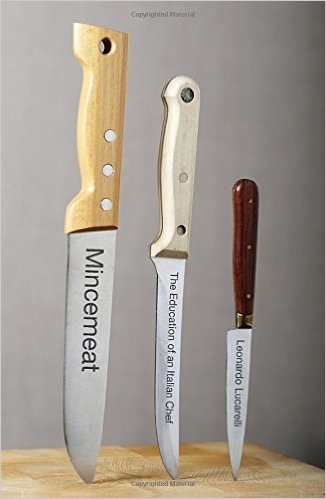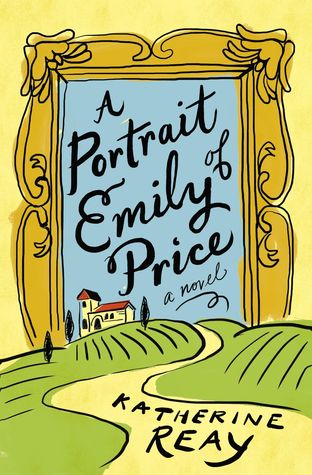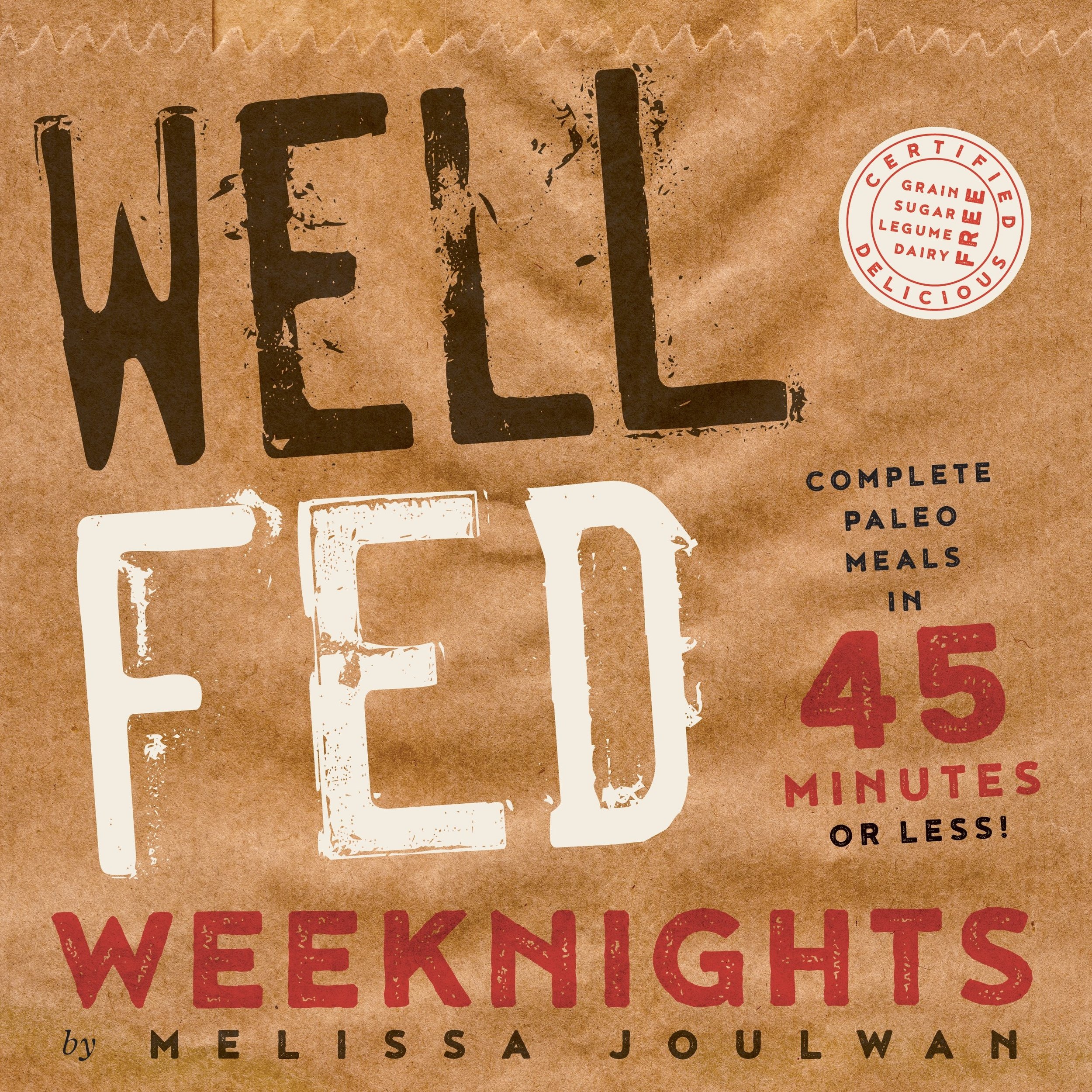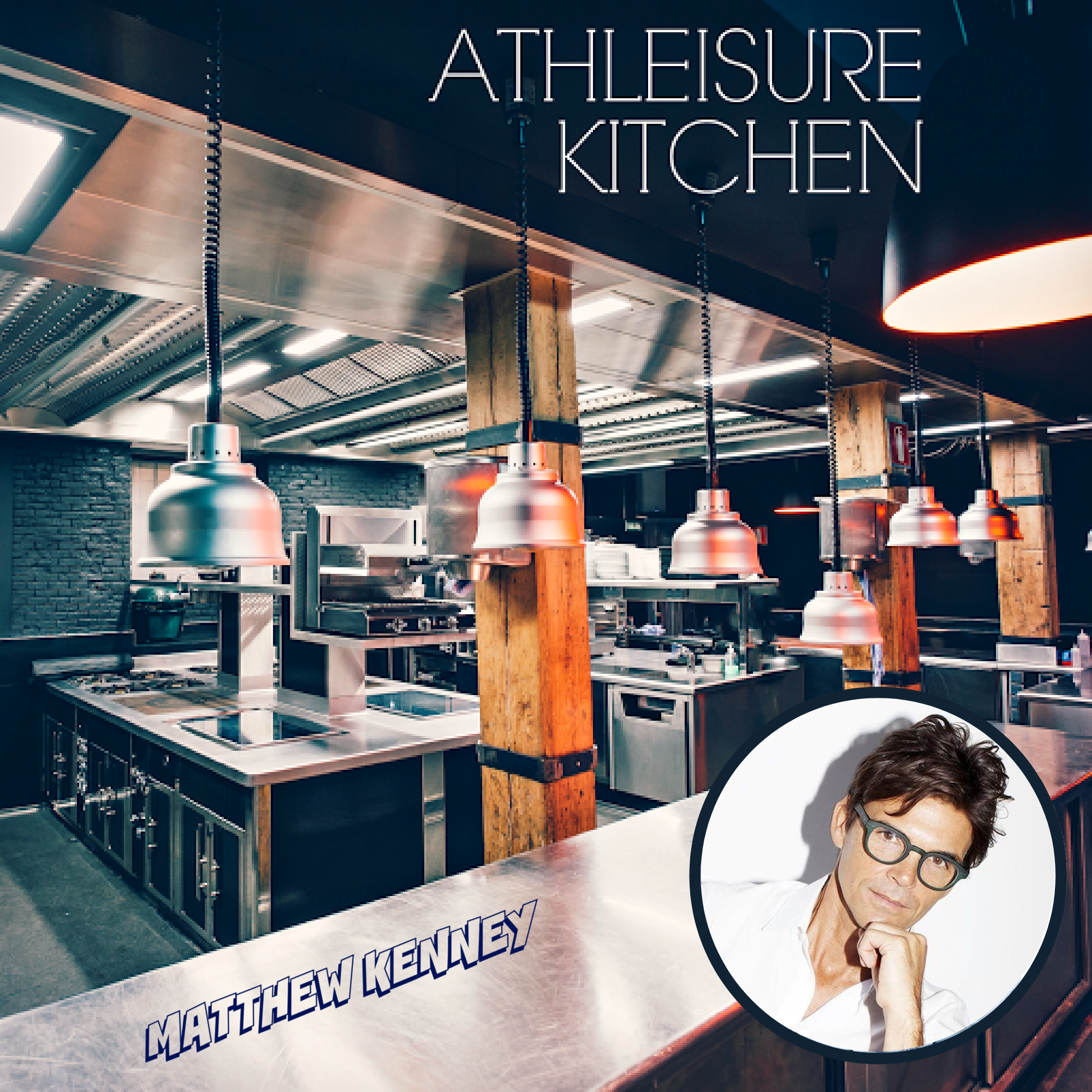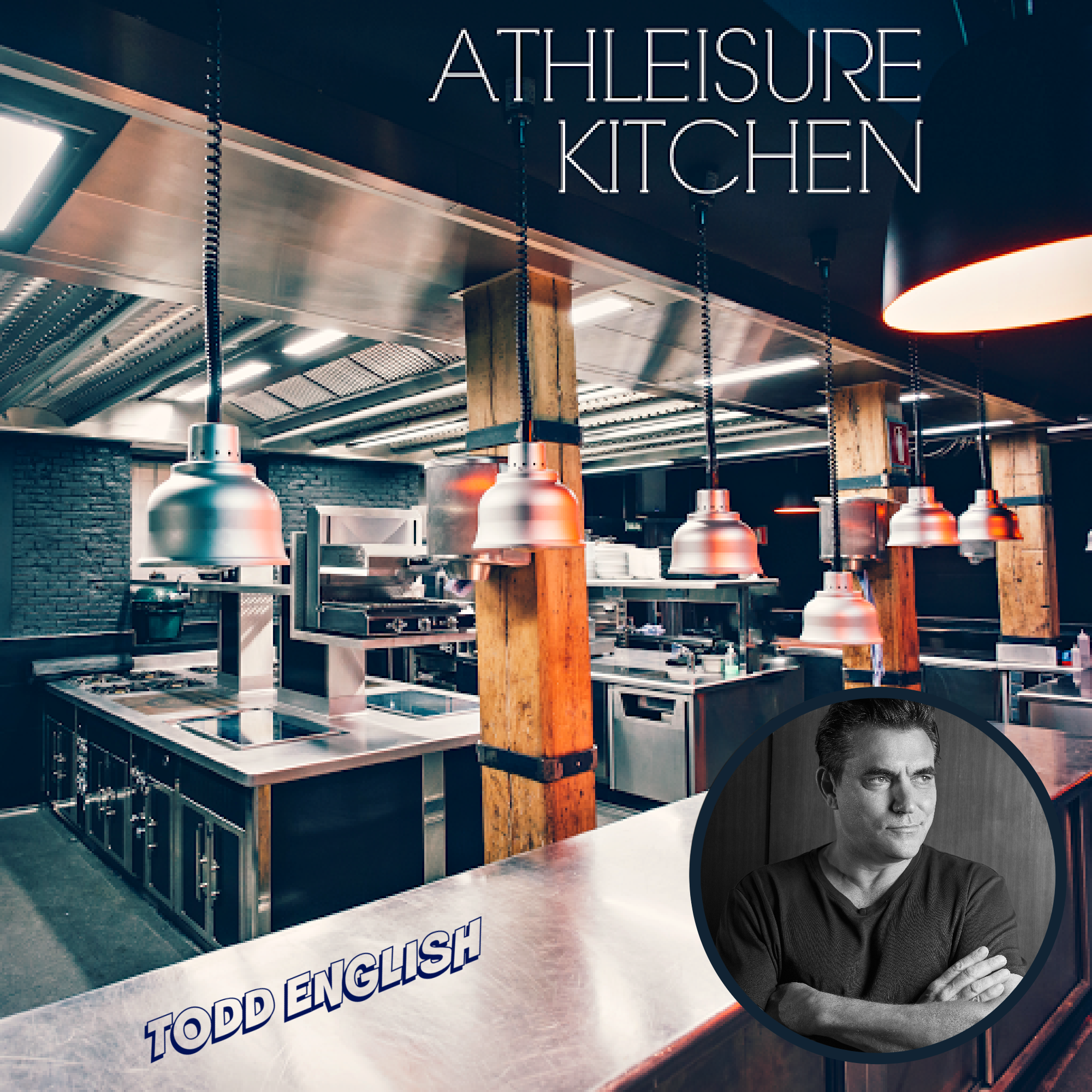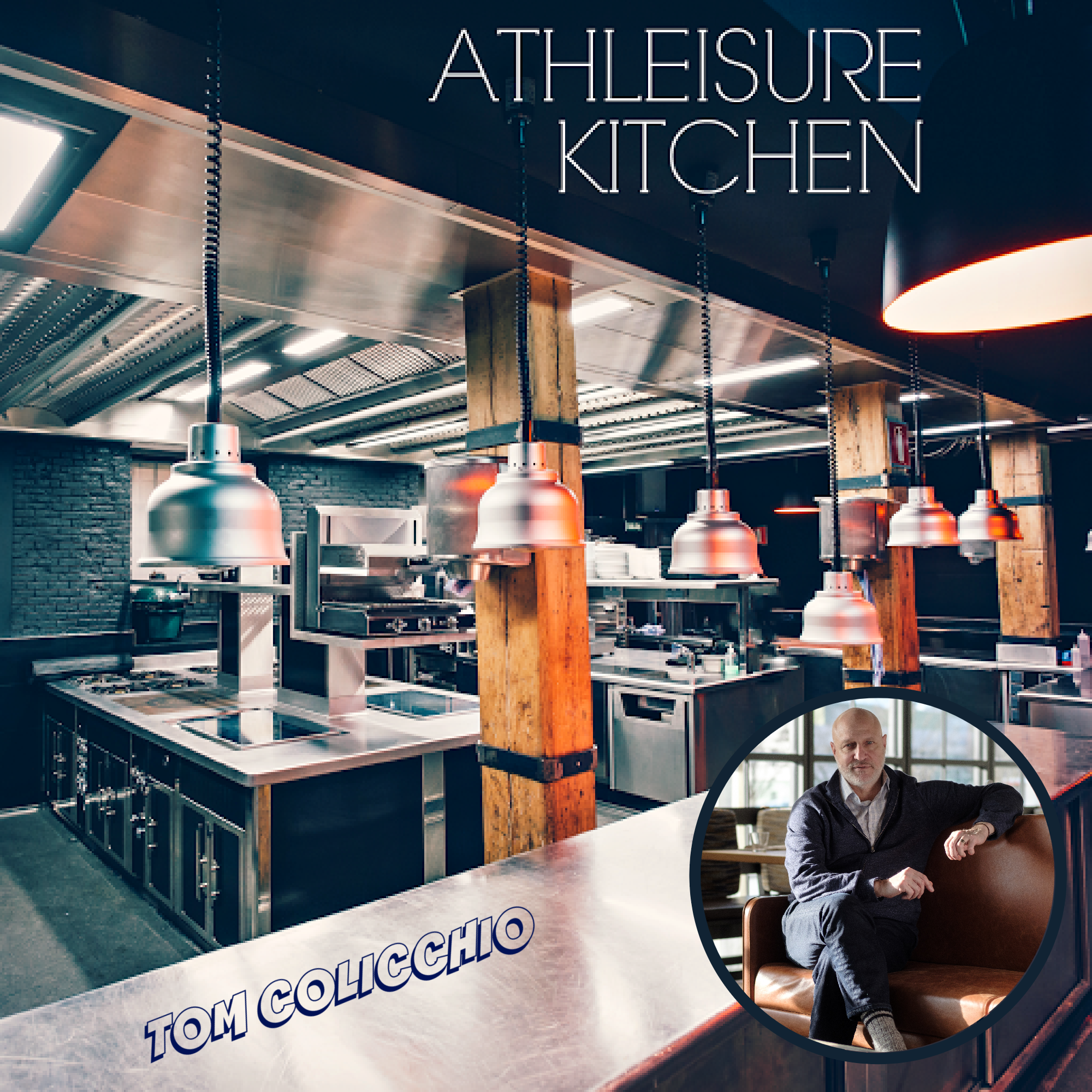AM: How can we detox our homes, medicine cabinets as well as beauty products - what would you suggest in terms of products whether they are masstige or prestige?
SG:That's such a great question but, again, hard to answer simply! As in the example of toxic exposures from cheese, the details matter.
But, general strategies that would provide a great start to detoxing your home, medicine cabinets, beauty products, and more include: discarding items you don't need or use (assume most things contaminate your indoor environment); buy just what you really need; avoid spray products because inhaling the chemical formulas can be more risky; and, for similar concerns over spray products, be weary of powdered products. Not all spray and powdered products are necessarily toxic (many are) but it's hard to know which ones are safe. The Environmental Working Group has a great free online database where you can research your products to learn of their hazard rating.
As for masstige vs. prestige, you can't necessarily trust a product just because it's prestige and has a high price point (even if its labeling states that it's a healthier product). However, it has been my experience that the cheapest cosmetics products usually contain toxic compounds. However, I've also determined for my skin--after trying many masstige and prestige oils and lotions--my preferred products are those that are healthy enough to eat: organic coconut oil, sesame oil, olive oil, and shea butter (I look for the most unprocessed options). They just make my skin feel more comfortable!
I have also just started using 100% pure essential oils and really enjoy them. The lavender oil is exceptionally helpful for dry, itchy skin.
AM: How did you come into this line of work and what was your background?
SG: For about 4 years before entering, and then for about 5 years after graduating from, Columbia Business School, I worked in investment management; specifically, high-risk, high-return investments. This meant that key parts of my job were to investigate chaotic situations quickly. I'd gather facts, form key questions, pursue the best answers to those questions, assign different weights to information that I was considering, analyze the data to identify past trends of the "truth" and estimate likely future trends, estimate the likelihood that different outcomes may occur, and boil all our due diligence into a handful of key numbers.
As a new mother, I couldn't help but apply these analytical and critical thinking skills to parenting. Each night, I reviewed books on how to care for my newborn: how to get her to sleep, how often to feed her, what to feed her, etc. It was through a nightly review of thoughtfully selected reading materials that I started to learn about toxic chemicals in our everyday consumer products, including baby bottles, toys, mattresses, and most everything else that we buy for our home.
Since I was shocked by what I was learning, my background in investment management naturally led me to research every alarming claim to see if credible sources could verify these claims. They always did. Sometimes I could verify the claims in a few hours, and sometimes it would take years because the studies and research are ongoing.
Frustrated by how I was learning about toxic exposures from what I buy, I wanted to gain control over the situation and so I decided to study this topic so I felt informed and empowered to make safe choices. I thought it would take me a year of focused work. But it ended up taking a total of 8 years. And I resigned from my investment management job, which I loved, when my first child was about a year old.
In October 2015, I finally released the guidebook that I wish I had sooner. It's titled A to Z of D-Toxing: The Ultimate Guide to Reducing Our Toxic Exposures. I wrote it to be a must-have book for every head of household, and I believe that it is! I wrote it for my younger self, hoping to make it easier for anyone else who'd like to know what they should know and what they can do about our toxic exposures.
AM: Chemicals affect everyone, but who is the most susceptible to this the young, young adults, adults, elderly etc?
SG: Young, developing bodies are particularly vulnerable to the effects of toxic exposures, because they are still growing. As miraculous and intricate as our bodies are, they can be affected by even small doses of toxicants, and children are the most vulnerable. Since a mother passes on her chemical body burden to her child while she is carrying, and then throughout the breastfeeding stage, it's a great choice for parents (dads, too!) to begin detoxing as early as possible.
The elderly and those with compromised immune systems are also particularly vulnerable.
While the rest of us are less vulnerable, the potential adverse effects from exposures to compounds found in everyday products, including our diet, can be meaningful! They have the potential to disrupt various biological processes, like metabolism, sleep, mental clarity, energy, fertility, and more.
AM: What are your favorite places to eat from fast casual to a nice night out with cocktails that you would suggest that get your toxin free stamp of approval?
SG: Again, since our environment is more toxic than ever, toxic-free probably doesn't exist. But, studies suggest that a diverse, plant-based diet may offer protective and detox benefits to boost your body's resiliency. So my favorite restaurants are mindful of the ingredients that they use.
For a quick meal in New York City, I love Dos Toros, a tasty Mexican chain whose food feels relatively healthy. I always get the "Plato," with rice, beans, all the veggies I can get, guacamole, and lots of spicy sauce!
For longer meals in New York City, I enjoy Blossom, which is a delicious vegan restaurant, as well as ABC Kitchen, which is an exquisite organic, local, and environmentally conscious restaurant.
AM: Why should we be so concerned about toxins and what are the effects in our bodies?
SG: With advances in science and technology, we've gained sharper insight into how complex it is to understand how our average toxic exposures may affect us and our kids. While there's a lot more to learn, what we do know is jaw-dropping. For example:
With advances in science and technology, we've gained sharper insight into how complex it is to understand how our average toxic exposures may affect us and our kids. While there's a lot more to learn, what we do know is jaw-dropping. For example: tiny doses can cause adverse effects (note that one popular birth control prevents reproduction at 0.035 parts per billion; and that 1 part per billion is like 1 drop of water in an Olympic-size swimming pool); effects created from tiny doses can be different than effects created from high doses; timing of exposure matters (like when the brain or heart are still developing, and note that the brain develops into our 20s); our bodies store some of these toxic compounds and they can be released later, including to our future children when in the womb or through breastfeeding (and breastfeeding is still generally the superior way to nourish an infant); and, there can be a cocktail effect from the mixture of chemicals we are exposed to, and then there's the potential cocktail effect from when our daily exposures mix with those already in our bodies, and then different possibilities exist inside us.
We encounter many chemicals, from many sources, many times a day, from before we are born. We simply don't know yet how cumulative, chronic exposures may affect us over a lifetime, but common sense says that hacking our toxic exposures is a good idea.
Leading researchers and scientists (including those on the President's Cancer Panel, which is an organization that reports directly to the President of the United States) believe that exposures to these toxins have an important influence in the rapid increases in various health issues, including cancer, reproductive issues, allergies, birth defects, obesity, and neurological disorders.
Read more from the Feb issue as well as A to Z of D-Toxing in mag


































































![DSC_3133[3].JPG](https://images.squarespace-cdn.com/content/v1/55982406e4b014bac5e42764/6ceb9e82-fe18-4e43-ac88-2887e52481bd/DSC_3133%5B3%5D.JPG)








